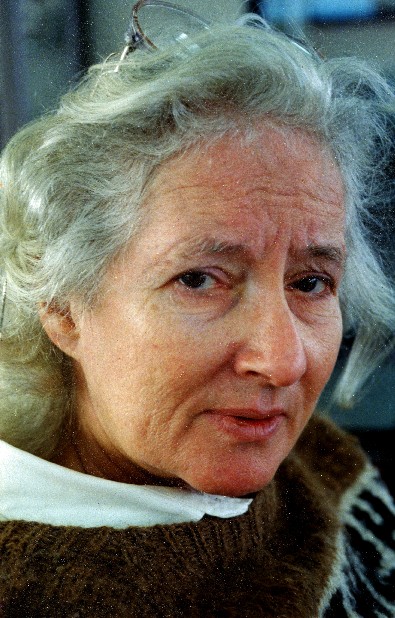State Allowed Logging on Plateau Above Slope of Washington Mudslide
- by Mike Baker, Ken Armstrong, and Hal Bernton, March 25, 2014. Source: The Seattle Times
[[{"type":"media","view_mode":"media_large","fid":"167","attributes":{"alt":"","class":"media-image","height":"480","style":"width: 352px; height: 480px; float: left; margin-right: 10px; margin-left: 10px;","title":"Photo: Associated Press","width":"352"}}]]The plateau above the soggy hillside that gave way Saturday has been logged for almost a century, with hundreds of acres of softwoods cut and hauled away, according to state records.
But in recent decades, as the slope has become more unstable, scientists have increasingly challenged the timber harvests, with some even warning of possible calamity.
The state has continued to allow logging on the plateau, although it has imposed restrictions at least twice since the 1980s. The remnant of one clear-cut operation is visible in aerial photographs of Saturday’s monstrous mudslide. A triangle — 7½ acres, the shape of a pie slice — can be seen atop the destruction, its tip just cutting into where the hill collapsed.
Multiple factors can contribute to a slide.
With the hill that caved in over the weekend, geologists have pointed to the Stillaguamish River’s erosion of the hill’s base, or toe.
But logging can also play a role in instigating or intensifying a slide, by increasing the amount of water seeping into an unstable zone, according to an analysis of the watershed submitted to the state Department of Natural Resources (DNR).

